Facts about the Philippines! Over 8 million tourists visit this wonderful country every year, and we are currently part of this large group. Before travelling, we read up and gathered some facts.
The Philippines is the world's largest exporter of coconuts, is home to giant clams, has the world's most colourful public transport and is 90% Christian (Catholic). Here you will find caves, waterfalls, rainforests, exotic animals and dreamy beaches.
Innehållsförteckning
Facts about the Philippines
The Philippines' neighbours are the Pacific Ocean to the east, Papua New Guinea and Indonesia to the south, Malaysia and Vietnam to the west, and China, Taiwan, South Korea and Japan to the north. The Philippines has a tropical climate with high humidity and a temperature that is often around 30 degrees centigrade.
- March - May is the warmest
- November - February are the coldest
- June - October is the rainy season
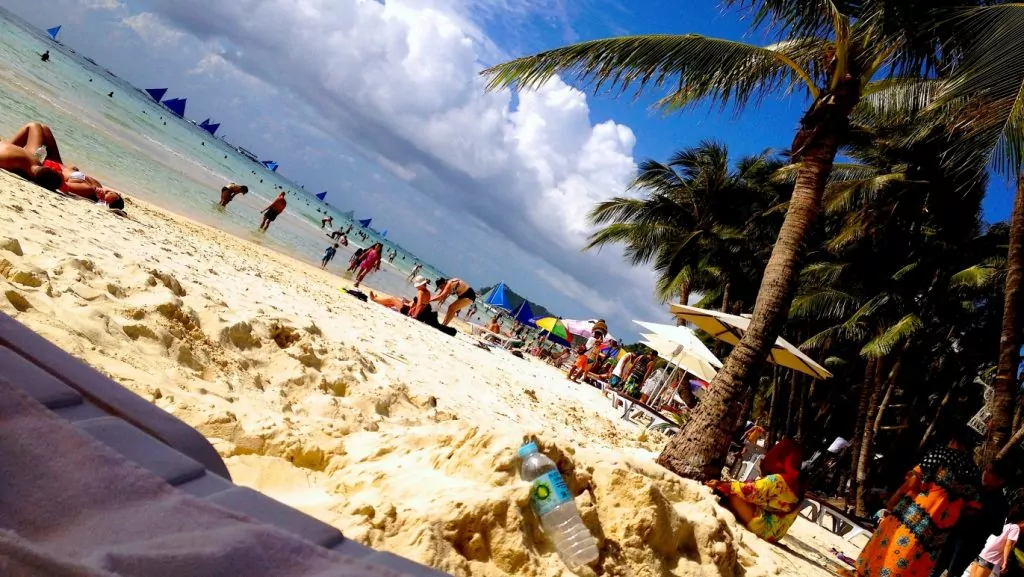
1. The Cordilleran rice fields are a Unesco World Heritage Site.
The Cordilleran Rice Terraces is a World Heritage Site consisting of four high-altitude rice fields in Banaue, Mayoyao, Kiangan and Hungduan. The Banaue rice fields in Luzon cling to the volcano, offering a magnificent view of green staircases full of rice plants.
The rice terraces are up to 2000 years old. In the foothills live the Ifugao tribal people, whose medicine men offer healing. The Cordillera administrative region is the least populated in the Philippines.
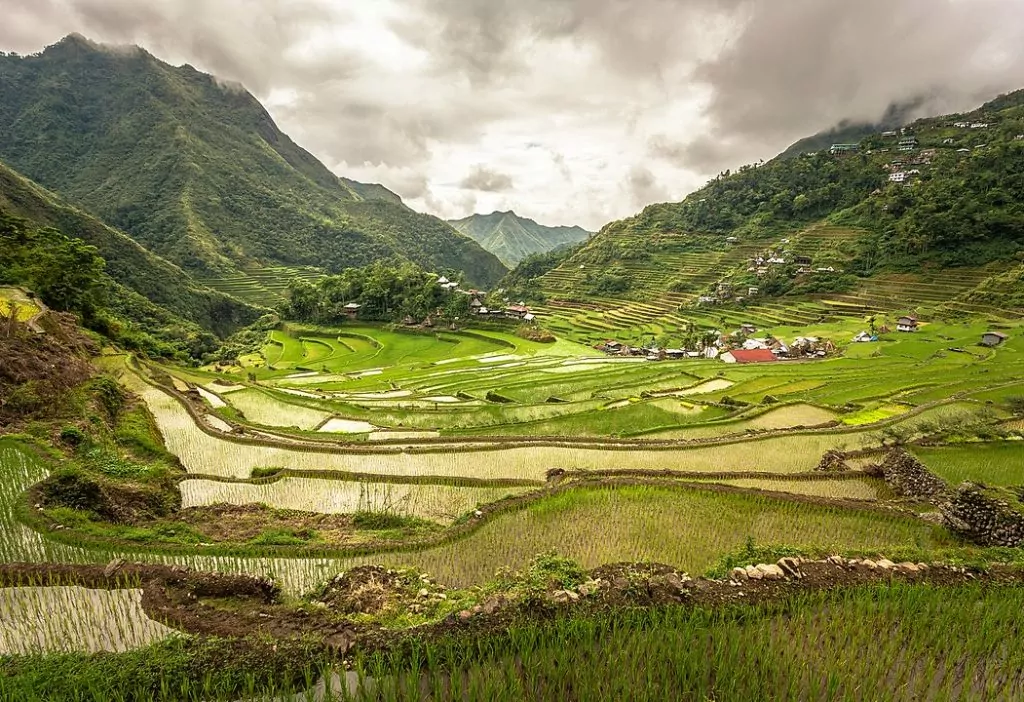
2. the Philippine archipelago consists of 7641 islands
Islands of the Philippines can be divided into three parts: Luzon, Visayas and Mindanao. The archipelago consists of 7641 islands of which only 2000 are inhabited! This means that the surrounding waters of the South China Sea, Philippine Sea, Sulu Sea, Celebes Sea and Luzon Strait are home to lots of small deserted islands. Many of the islands are not even traceable on global maps, and some say it could take more than 20 years to discover them all.
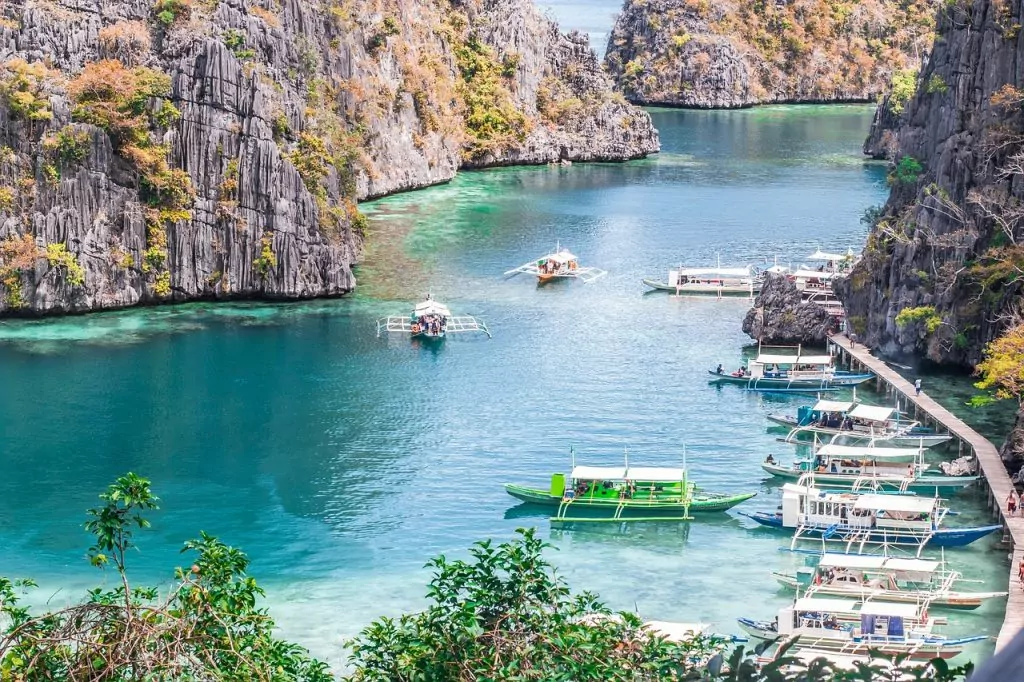
3. Karaoke is a national lifestyle
Karaoke is considered a social activity and forms an integral part of the daily life of local people. You can find karaoke machines even in the most remote rural areas of the country.
99 out of 100 sing off-key but that's not the point because singing is fun. You'll find a group of young people at lunch who each sing a song just for the fun of it. It could also be the cook in a small place singing with a mike while she cooks. The karaoke machines have several big basses and lots of power, and they're going strong at all hours of the day, even at 6am. It's a lifestyle.
Although the first karaoke machine was built by a Japanese musician, it was patented by Roberto del Rosario, a Filipino inventor back in 1975. Ever since, this tradition has been an important part of the Filipino lifestyle.
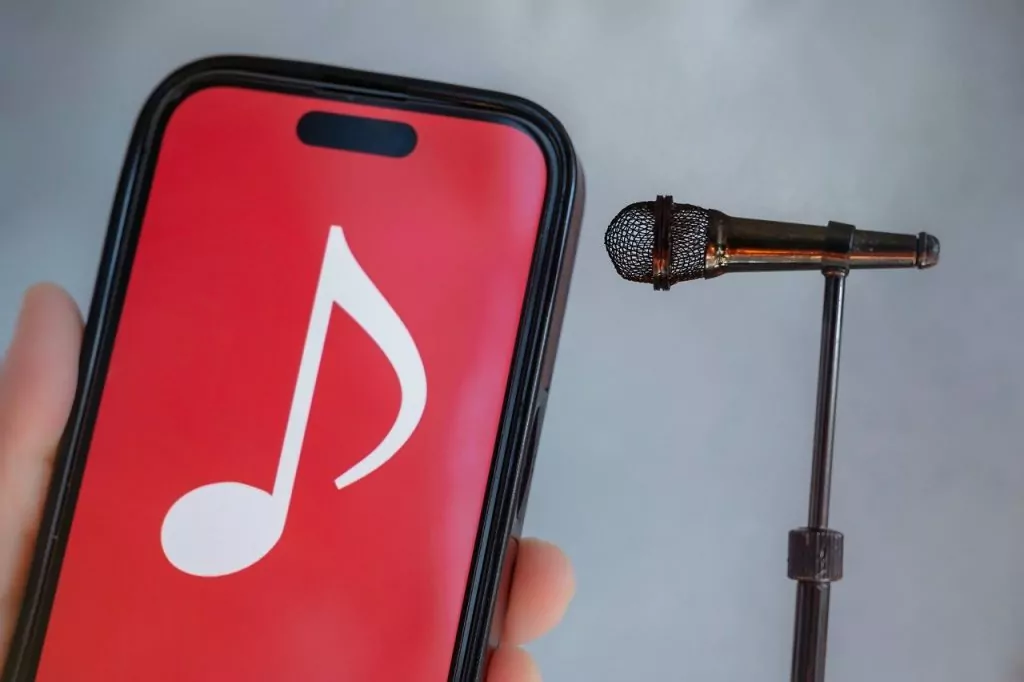
4. the Philippines is named after King Philip II and was discovered by Ferdinand Magellan.
The island of Cebu has several historical attractions, one of which is the Cross of Magellan, which bears witness to the Portuguese seafarer who 'discovered' the Philippines in the 16th century. On his orders, his crew erected this monument, which has become one of the Philippines' most recognisable landmarks.
There is some doubt as to how the cross actually got there, as sources say that Magellan first had to convince the population, including the then king and queen, that Christianity was the right religion before he could put it up.
The islands of the Philippines were discovered by the Portuguese explorer Ferdinand Magellan who sailed on behalf of Spain. He found the islands and claimed them in the name of Spain. The country thus takes its name from King Philip II of Spain.
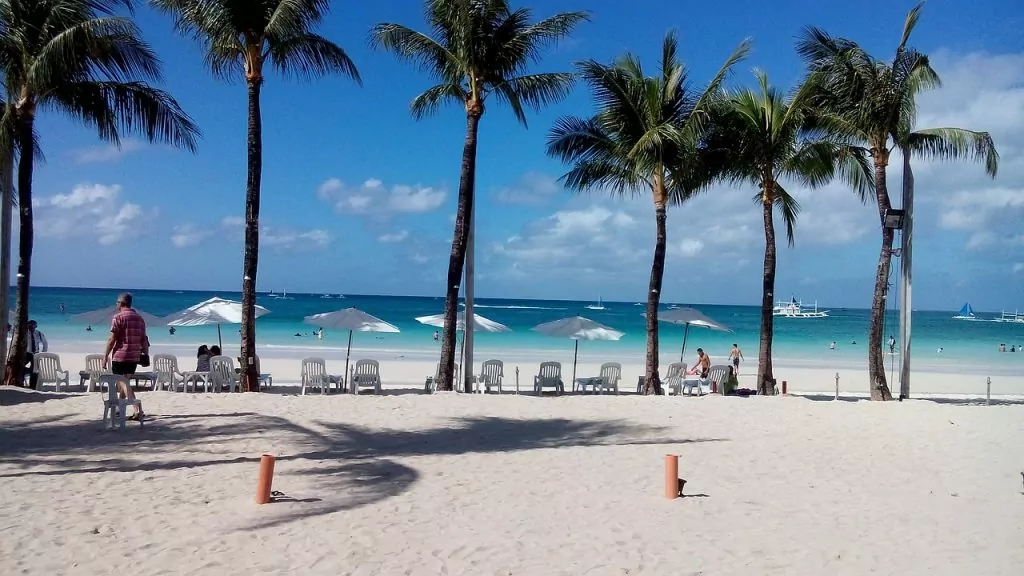
5. Camiguin Island has more volcanoes than cities
Camiguin is an island province in the Philippines that has more volcanoes than cities. The region has 7 volcanoes, but only 5 cities. Camiguin is only 225 km long and 136 km wide, but it is the only island on the planet with more volcanoes than cities.
Fortunately, there is no need to worry as the volcanoes have been dormant since the 1950s. Its bubbling hot springs, white sandy beaches and friendly locals make the region a popular spot for tourists.
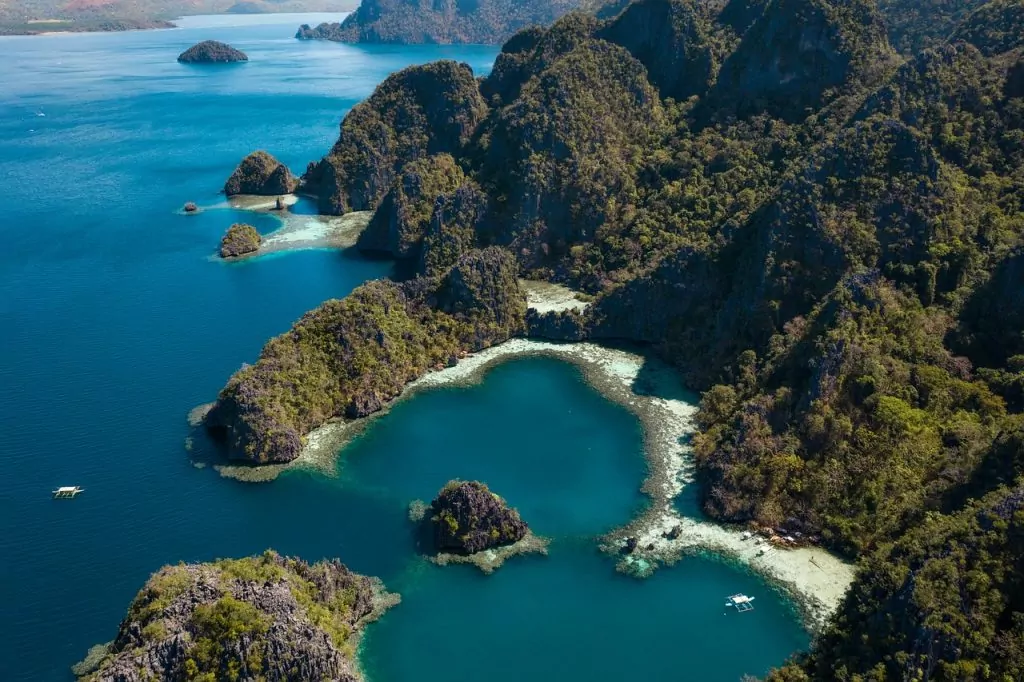
6. World-famous boxer Manny Pacquiao is an idol in the Philippines
Boxing is one of the Philippines' great passions and is a beloved sport throughout the country. World champion Manny Pacquiao is a native of the Philippines and the people of the country adore Manny, or 'PacMan' as he is known. When he has a boxing match, it is said that the crime rate on the streets of Metro Manila drops to zero!
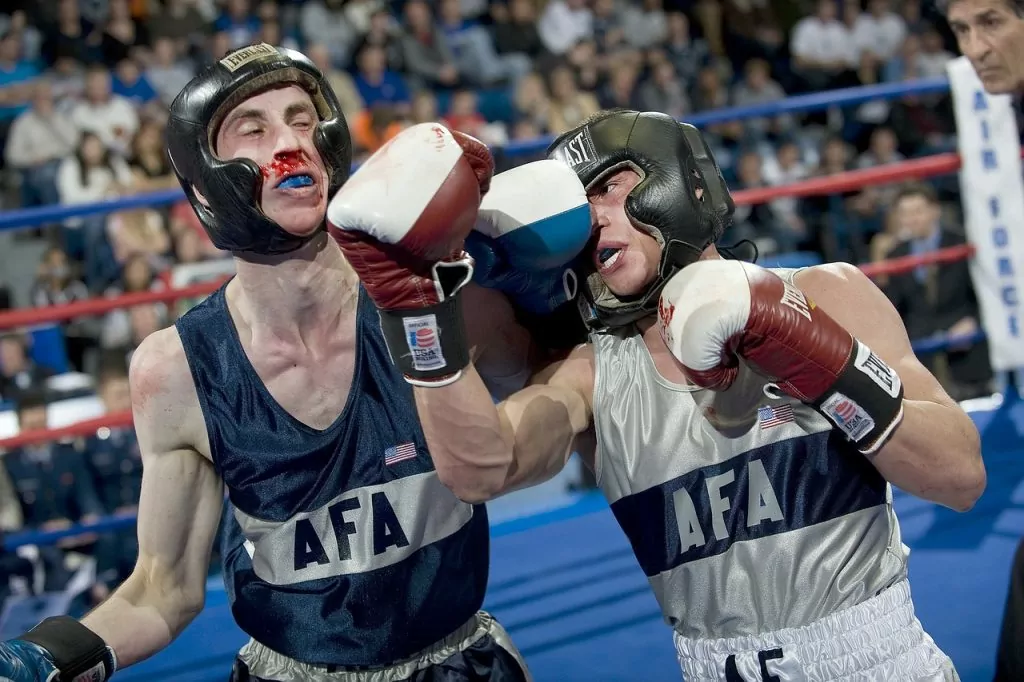
7. Food culture in the Philippines is diverse
Filipino food often includes rice or noodles, and is usually eaten with a spoon and fork, or possibly with your hands. Here are some specialities from the Philippines:
- Pandesal - A morning bread that many city dwellers treat themselves to on the way to work. Available in bakeries.
- Pancit - A meal eaten at festivals, it involves cooked noodles mixed with vegetables and pork.
- Adobo - The national dish of the Philippines is a stew of pork or chicken in soya sauce, bay leaves, garlic, black peppercorns and pressed garlic. Adobo is a Spanish word for spice or sauce.
- Lechon - A whole grilled pig. Considered a fine dish and can also be ordered in a smaller format if you only want part of the pig.
- Lumpia - Spring rolls with meat and vegetables. Eaten with a sweet and sour sauce.
- Halo-Halo - A popular dessert that can include red beans, fruit, jelly and ice cream.
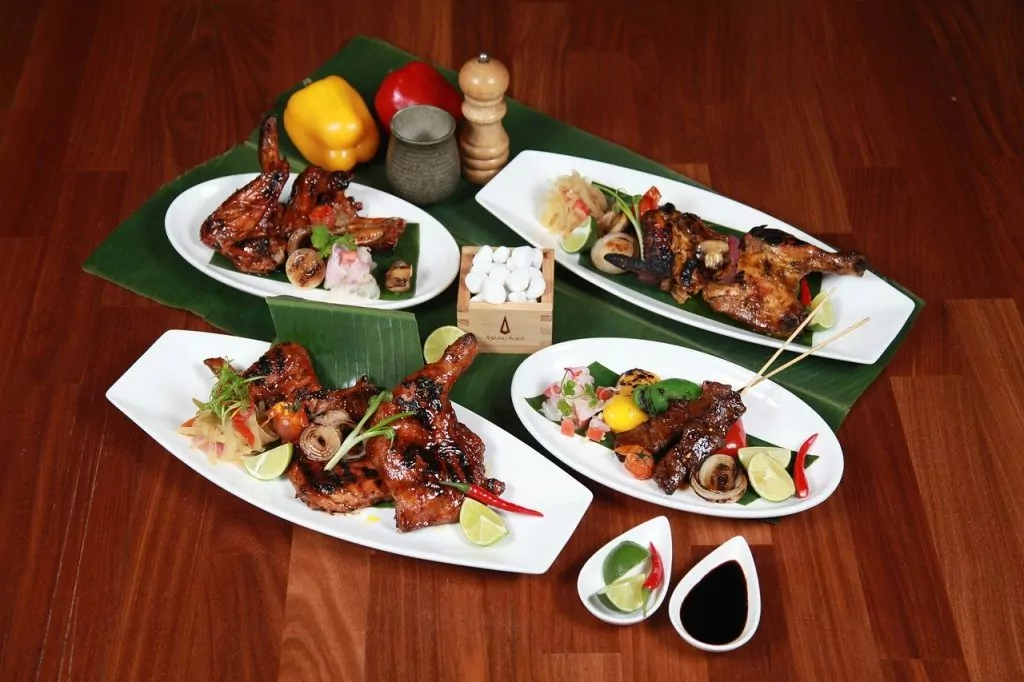
8. Jeepneys are a popular vehicle in the Philippines
Jeepneys are a form of minibus that looks like a longer jeep, picks up multiple passengers and runs predetermined routes. Jeepneys are a cheap daily mode of transport for people around the country.
Interestingly, these jeepneys were made from all the army jeeps left by the US military after World War II. Based on the military vehicles, creative and colourful transport vehicles were then developed, which are now an iconic symbol of the Philippines. Each vehicle carries around 20 passengers, and it is estimated that in the capital city of Manila alone, over 55 000 jeepneys travel daily.
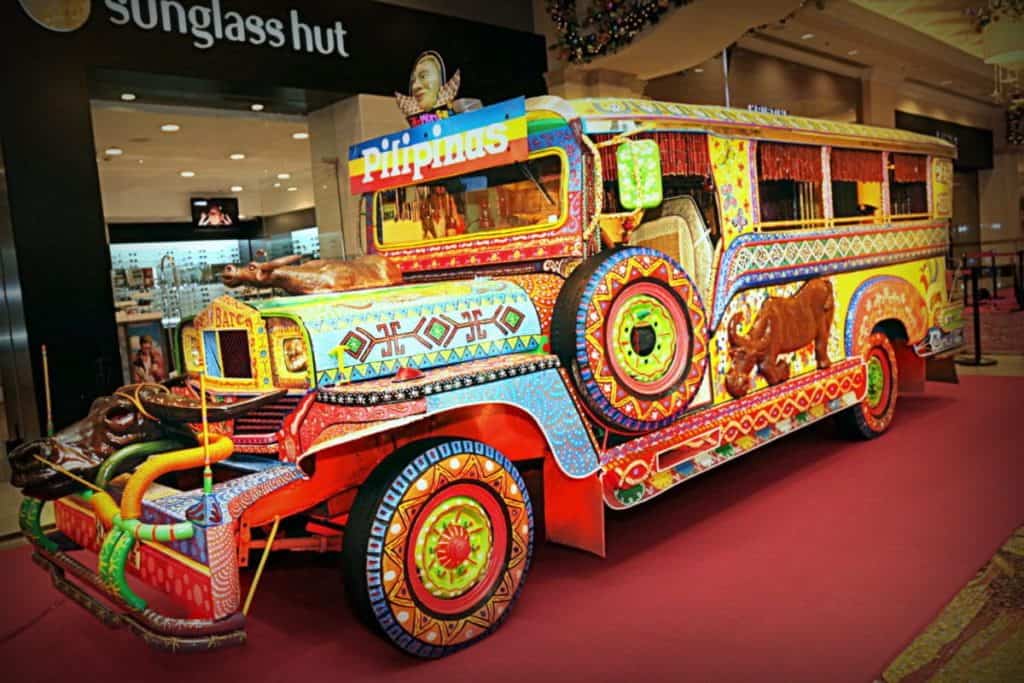
9. Yo-Yo invented by a Filipino businessman
What you may not know is that the yoyo is a very old toy, dating back to the 4th century BC. One person famous in connection with the toy is Filipino businessman Pedro Edralin Flores, who patented the toy in the United States. The name yoyo is said by some sources to come from the Filipino language Tagalog, meaning 'come back'.

10. Metro Manila includes 16 cities
Metro Manila (the capital region) includes Manila, 15 other smaller cities and one municipality. Unlike other regions in the Philippines, Metro Manila is not divided into provinces, but into four districts.
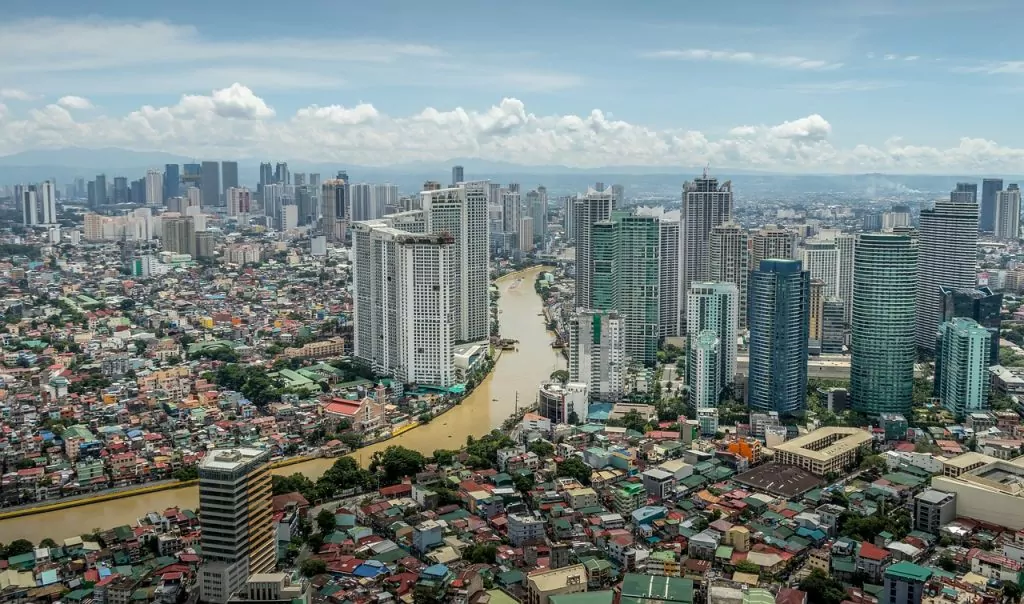
11. Puerto Princesa is a long navigable underground river.
The island of Palawan has many caves and underground rivers that can be entered by boat. One of the most desirable is in the Puerto Princesa Subterranean River National Park. The underground river was created millions of years ago and extends 8.2 km under the mountains. It is the second longest navigable underground river in the world, has since become a Unesco World Heritage Site and has been listed as one of the seven wonders of nature.
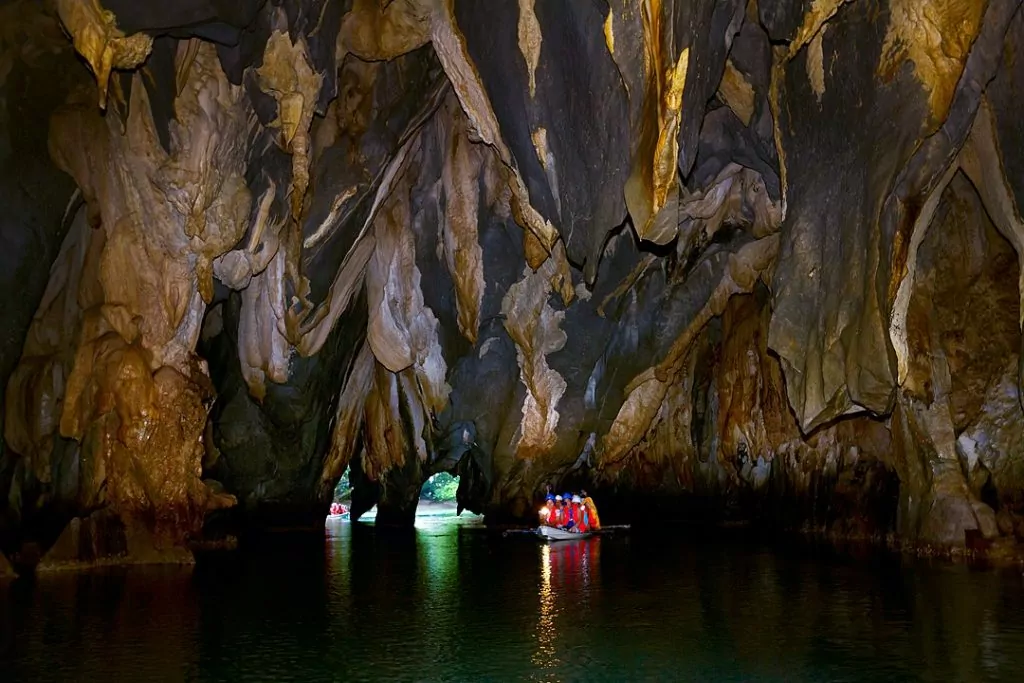
12. Christmas in the Philippines starts in September
People in the Philippines celebrate Christmas not just as a day, but as a holiday season that starts as early as September! Christmas is the longest holiday in the Philippines and many love to prepare well in advance. For example, a mass called Simbang Gabi is held for nine consecutive nights.
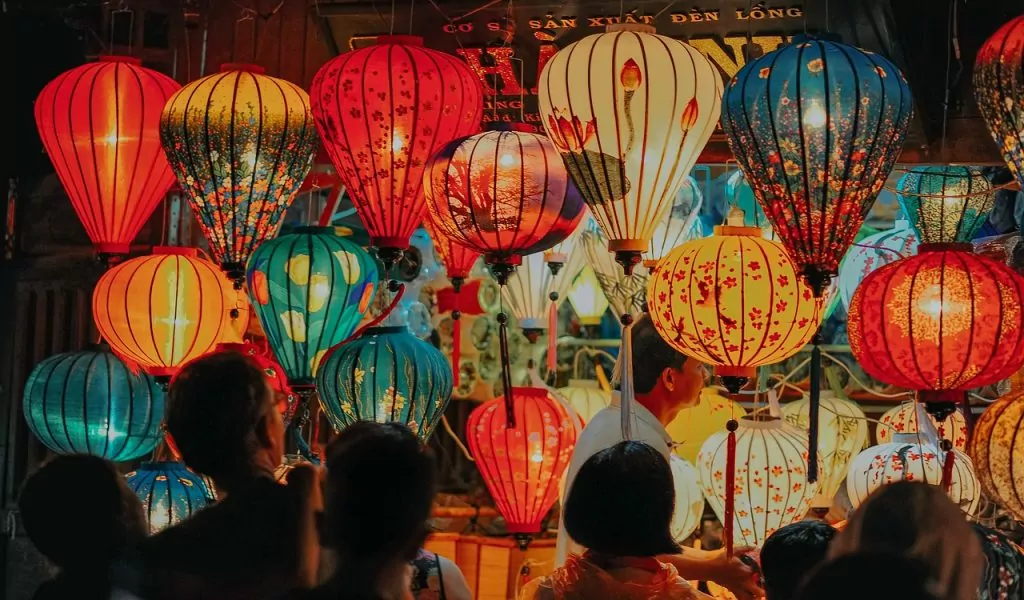
13) Mt. Pinatubos is the second largest volcanic eruption in the history of the 20th century.
The Philippines has been the site of the world's largest volcanic eruption, which took place in the last 50 years. The horrific eruption of Mount Pinatubo took place on 15 June 1991, releasing tonnes of volcanic ash across the Indian Ocean.
As a result of the eruption, over 20 000 people had to be evacuated and the clouds of gases released by the volcano caused a global cooling of 0.5 degrees. The disaster killed 800 people and left over 10,000 people homeless. This certainly makes it one of the worst chapters in the country's history.
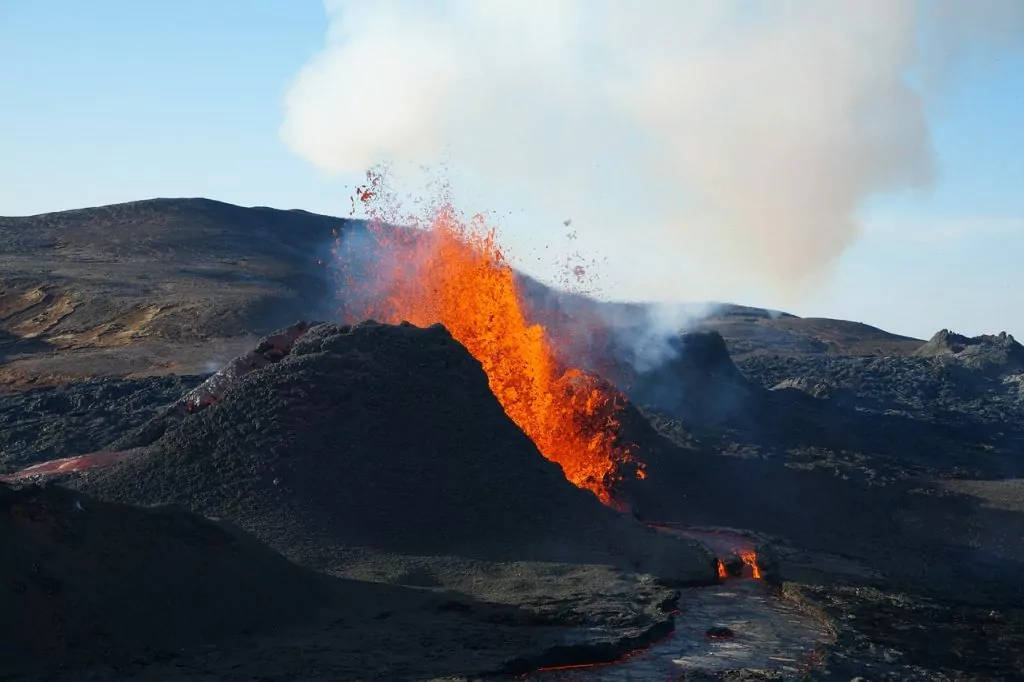
14. The people of the Philippines are considered some of the most polite in the world.
The inhabitants of the Philippines are warm, often with a great sense of humour. Filipinos are very often laughing at themselves and always smiling. You can always get help in the Philippines without them trying to get money. It is also traditional to respect the elderly and to express yourself with a certain amount of politeness. In the Philippines, adult visitors can be greeted as Mrs or Mr and the Tagalog language uses the courtesy phrase 'kuyas' (older brother) for a man older than the speaker or 'ates' (older sister) for a woman older than the speaker.
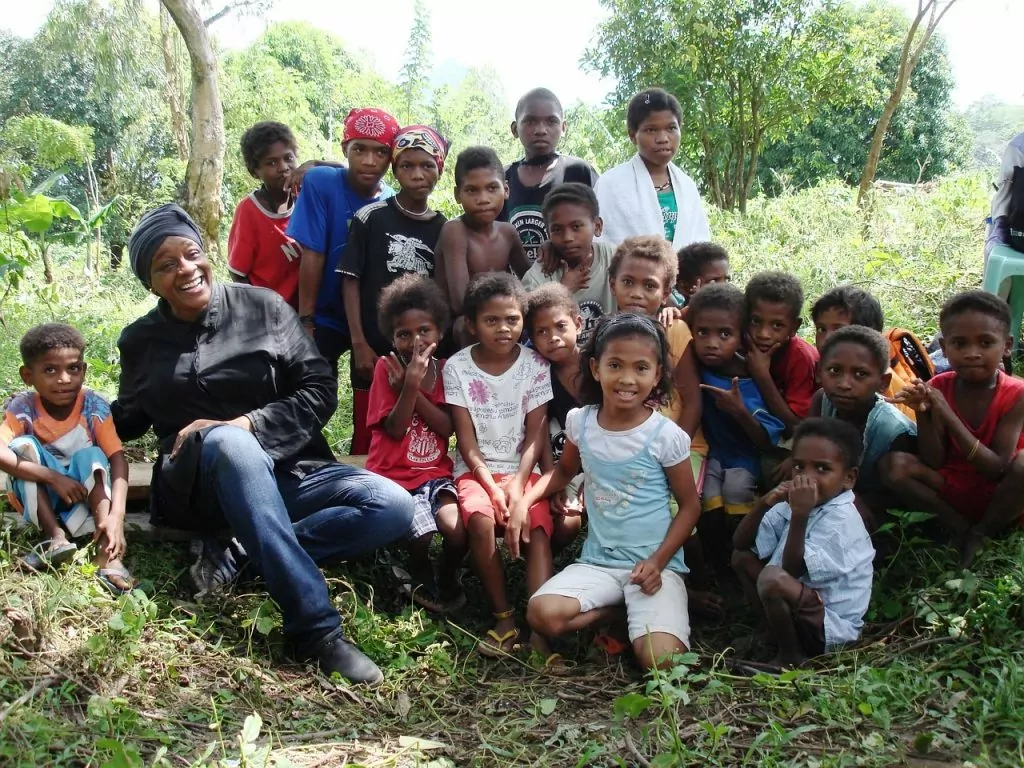
15. The Philippines has some of the largest shopping centres in the world
The people of the Philippines love to shop, as evidenced by the huge malls. Several of the country's malls appear on lists of the world's biggest shopping centres. The five largest malls in the country are SM Seaside City Cebu, SM City North, SM Megamall, SM Mall of Asia and SM City Cebu.
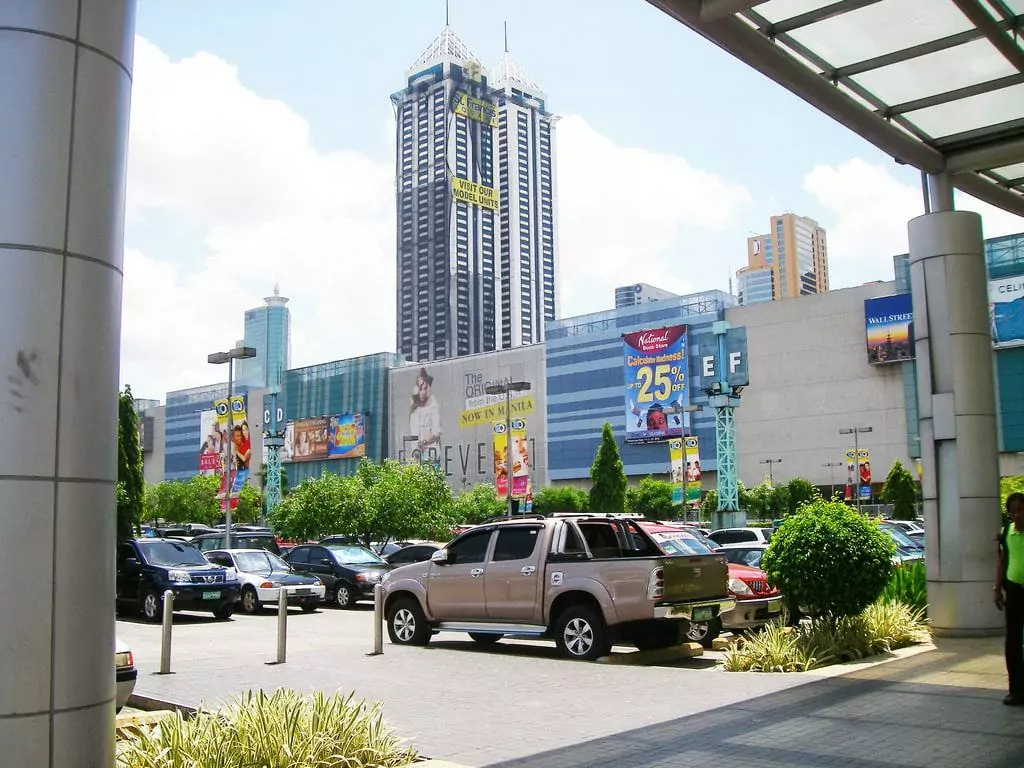
16. The second oldest basketball association in the world is the Philippines Basketball Association.
It is surprising to know that the professional basketball league, the Philippines Basketball Association, was started after the NBA, the National Basketball Association of North America, and it happens to be the second oldest basketball association in the entire world! The people of the Philippines love basketball, so much so that you can spot makeshift basketball hoops even in the most remote areas of the country. If there is a small village with a colourful school in all pastel colours, there is a basketball court.
The Philippines holds the well-known Guinness World Record for the longest basketball game ever! In March 2014, a charity basketball event was held and played for an incredible 120 hours, 1 minute and 7 seconds.
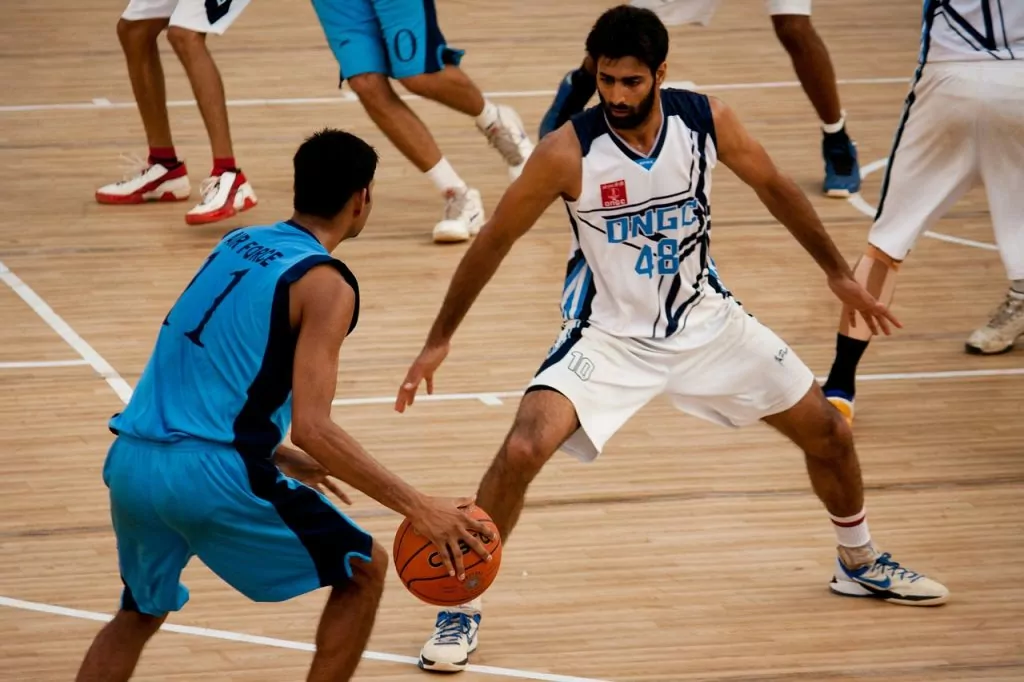
17. the dish balut contains duck foie gras
Balut is an incredibly popular dish that consists of a different number of days old duck foetus in an egg. The dish is most famous in China and Southeast Asia and is sold for about the same price as a hot dog. In a 16-day egg, the foetus is not as developed as in an 18-day egg but both versions are very common.
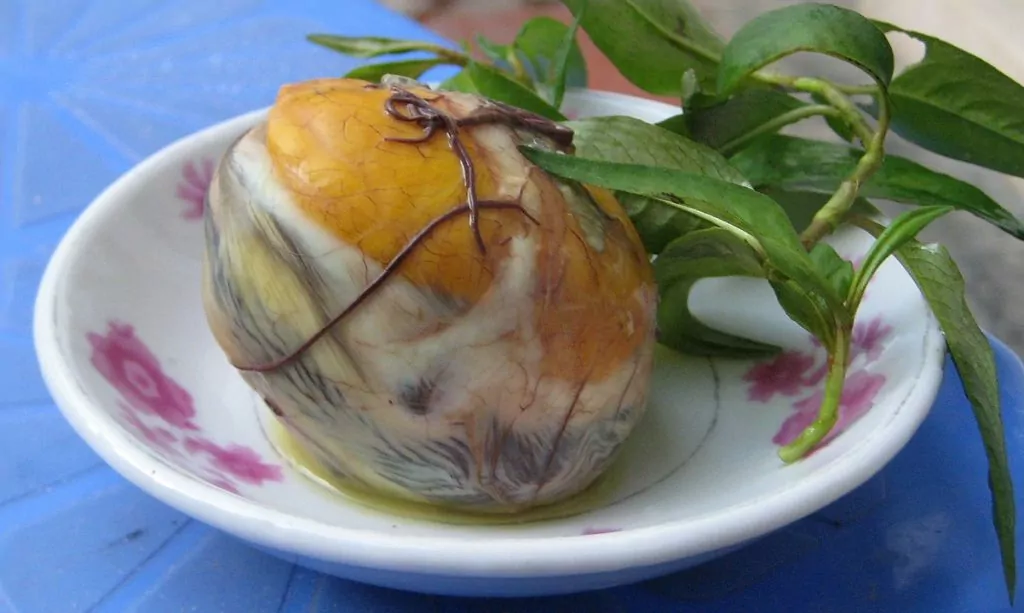
18. whereas the Philippines has the fifth largest Catholic population in the world and the only one in Asia
The Philippines has the fifth largest population of Catholics in the world, just after Brazil and Mexico. With around 80-90 per cent of their population being Roman Catholic, this religion is deeply rooted in the everyday lives of ordinary people in the country. The religion has influenced, among other things, the illegality of divorce and abortion, although these issues are discussed.

19. there are at least 170 languages in the country and several words from Spanish
There are at least 170 languages spoken in the Philippines, including mainly Tagalog, but also Cebuano, Ilocano, Hiligaynon and Hicolano. However, you will have no problem being understood as more than 52 million people also speak English, making it the fifth largest English-speaking nation in the world.
Since the Philippines was under Spanish rule for over 300 years, many of the Tagalog words used today actually come from the Spanish language. It is estimated that about 20 per cent of Tagalog words are Spanish. Some examples are gwapo (pretty), kwento (story), pamilya (family) and sapatos (shoes).
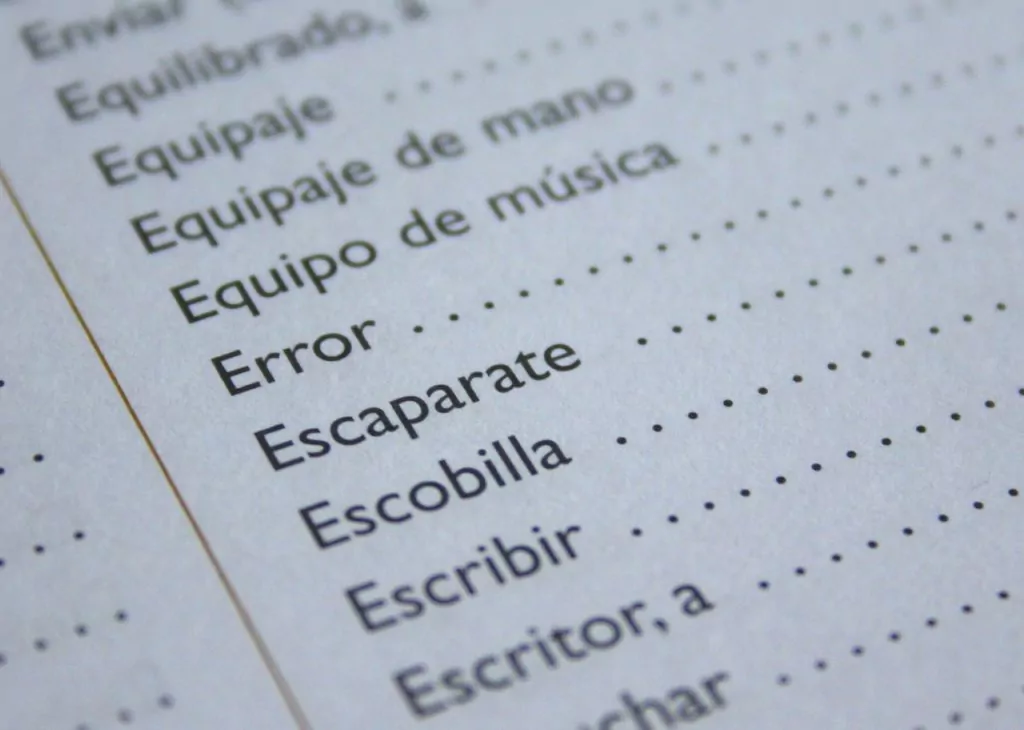
20. The national bird is the bald eagle.
The Philippine eagle is also, quite unfairly, known as the monkey-eating eagle. Despite its name, the bird does not eat monkeys, but its prey is not exactly insignificant in size - pigs, snakes and bats. With a wingspan of around two metres, it's not hard to see how it manages this.
It is also considered one of the rarest and most powerful birds in the world, and killing one carries a long prison sentence.

21. syllable repetition is common - such as halo-halo.
Repeating syllables in a word is common. Examples are the Filipino dish kare-kare or the dessert halo-halo. Other examples include Iloilo (a city), maya-maya (a fish) and Yen-Yen (a nickname).
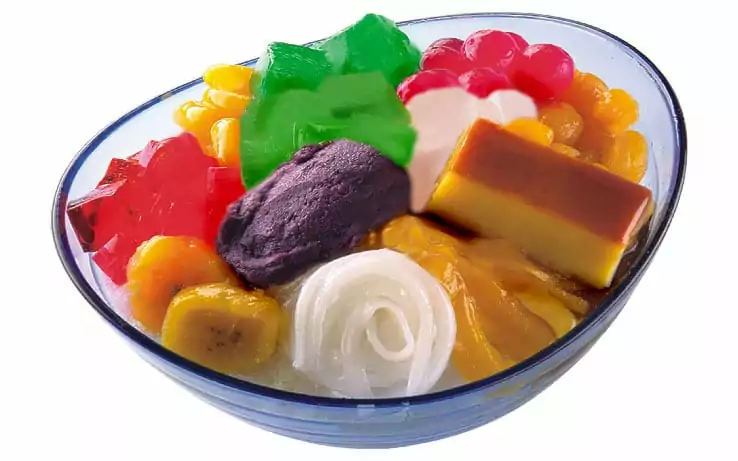
22. There are parties and festivals in every city.
The Philippines has been organising festivals for centuries. The Philippines has the rice festival, flower festival, mask festival, giant festivals and even the lechon festival (roasted suckling pig festival). Major festivals in the country include Sinulog and the Ati-Atihan Festival.
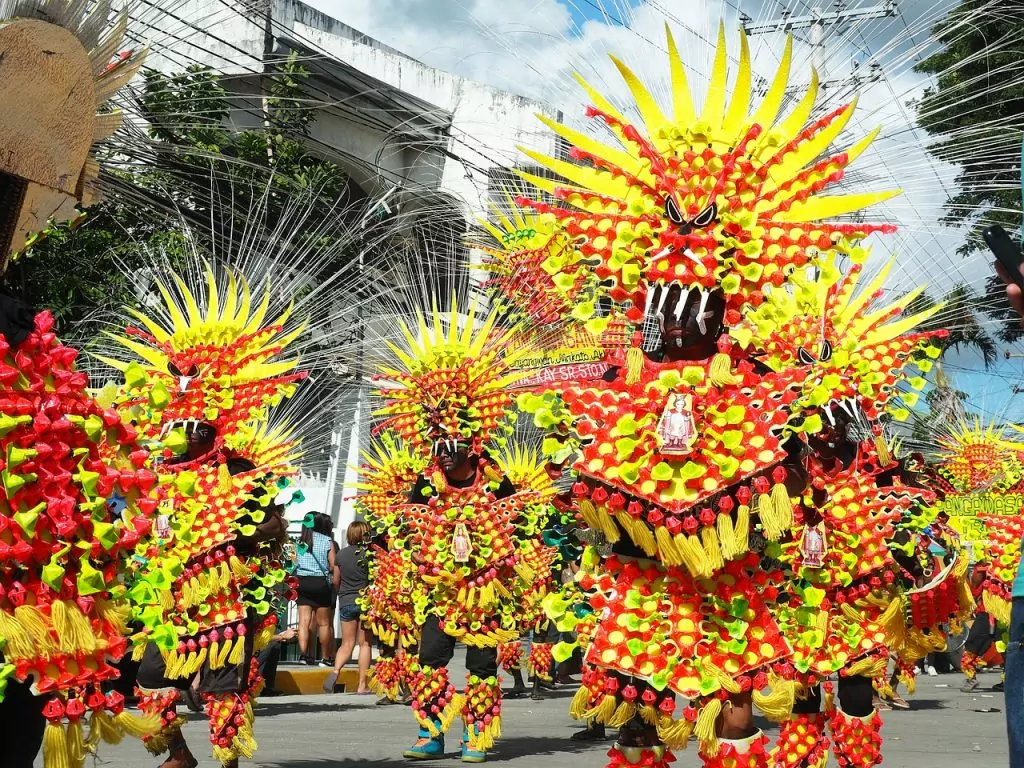
23. The Jollibee restaurant chain is the McDonald's of the Philippines.
Jollibee is a Filipino fast food chain, known and loved throughout the country. It began as an ice cream parlour in 1975, opened by Filipino Tony Tran in Quezon City (in Metro Manila). The bar then evolved into a fast food restaurant with hot dogs, hamburgers and specialities like the Amazing Aloha Burger (with bacon and pineapple) and tuna pie.
So popular in the Philippines that it has surpassed McDonald's in popularity, Jollibee is also available in the rest of Asia, North America, the Middle East and Europe.
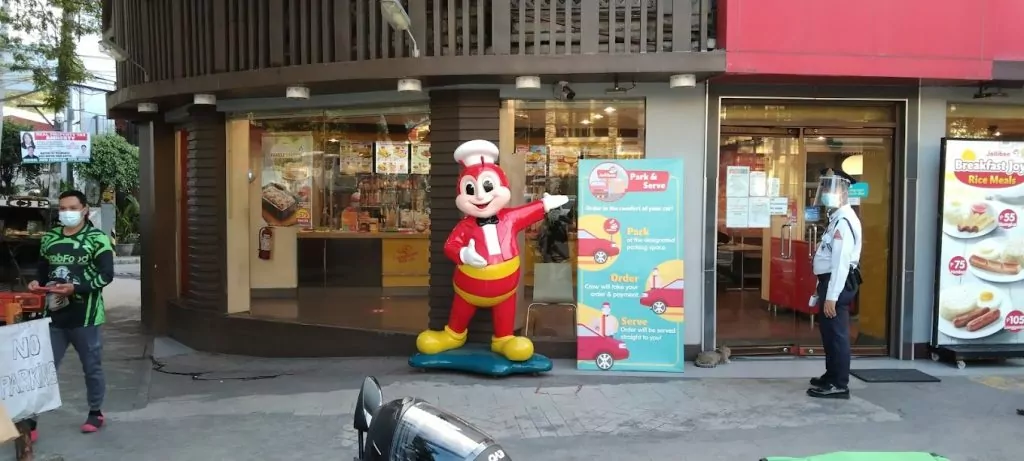
24. The Philippine tricycle is popular
The tricycle is the most popular way to get around small towns and rural areas in the Philippines, where the roads are much narrower than in the big cities. Philippine tricycles are motorcycles with a sidecar attached to them to carry passengers. Tricycles' engines range from around 50 to 125cc, so when approaching a steep climb, you may need to step out to reduce the weight.
The Filipino tricycle started to appear after World War II and probably comes from military remnants, this time of the Imperial Japanese Army who used the Rikuo Type 97 motorcycle. Today you can find them in lots of lovely colours.
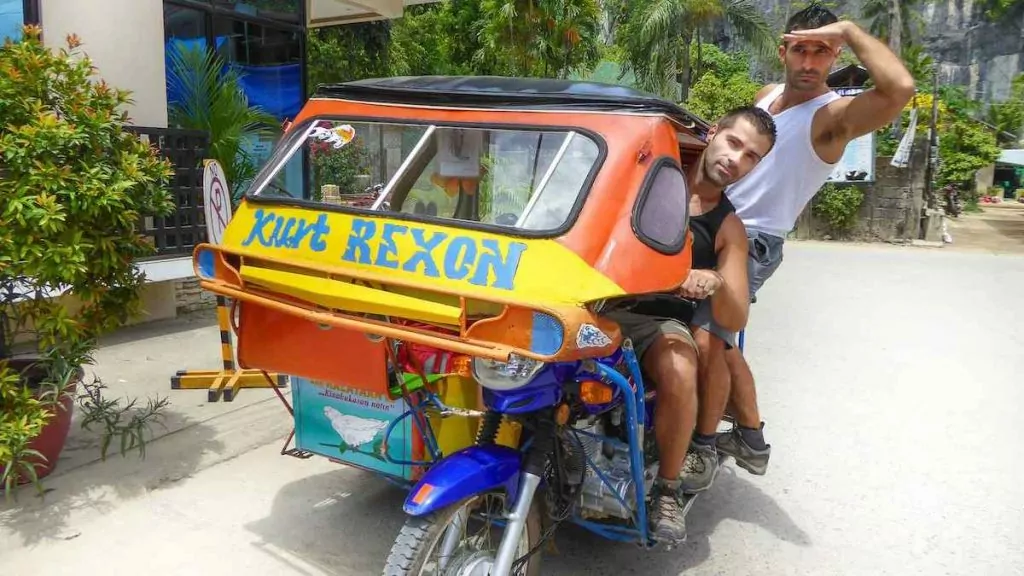
25. Siargao Island is famous among surfers
Siargao Island is known for its phenomenal surfing waters and you can expect mega waves on the island's coastal strip. Cloud 9 is the beach to go to where the wave tops are several metres high. Every autumn during September-October, one of the world's biggest surfing competitions is held here - the Cloud Nine Surfing Cup.
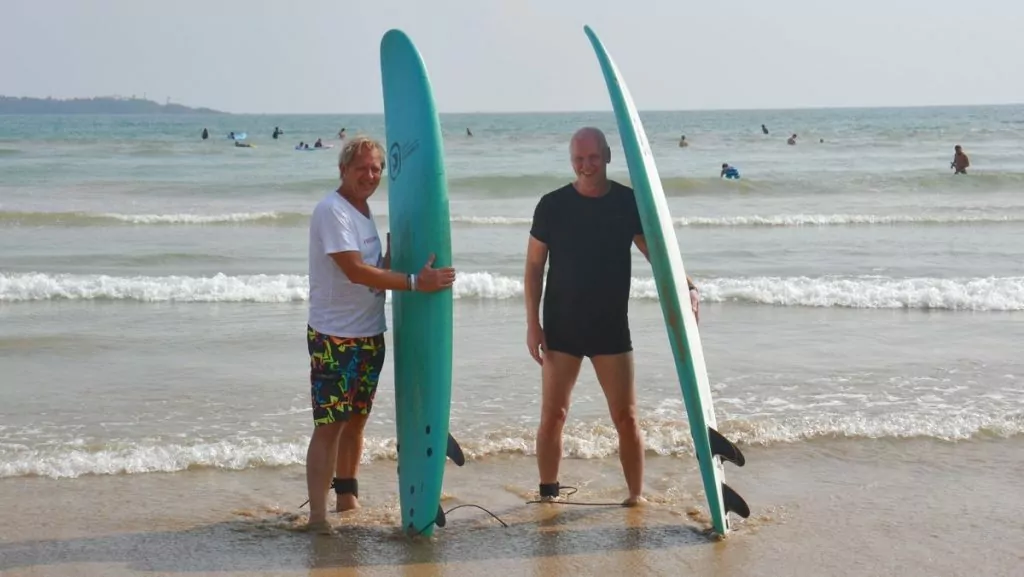
26. Approximately 400 million text messages are exchanged daily.
People in the Philippines are social and always try to keep in touch with important people in their lives. This habit has caused the country's annual SMS count to rise to a whopping 142 billion. A daily total of messages sent by the people amounts to about 400 million!
The Filipinos are so enthusiastic about their Instagram and Facebook that they were ranked as the most highest selfie takers in the world by Time Magazine! In this study, Makati City (Manila) was crowned the selfie capital of the world, with 258 selfies taken per 100,000 people. Further down the list, Cebu City is ranked 9th, followed by Quezon (also in Manila) at 59th and Iloilo City at 72nd.

27. The Philippine flag indicates that "at war" or "in peace"
The Philippine flag is the only one in the world that can determine whether the country is in peace or war, depending on how it is flown.
The flag consists of a white triangle with a sun surrounded by three golden stars representing the three island groups: Luzon in the north, Panay in the centre and Mindanao in the south. These are said to be the country's 'capital islands' where the Spanish Revolution started. The flag of the Philippines also features a stripe of red and blue:
- When the country is at peace, the flag is flown with blue on top.
- In case of war, it is the other way round with red on top (see picture below).
The Philippine flag was first unveiled in 1898 after the return of General Emilio Aguinaldo from exile in Hong Kong. The original flag is now on display at the Emilio F. Aguinaldo Museum in Baguio City.
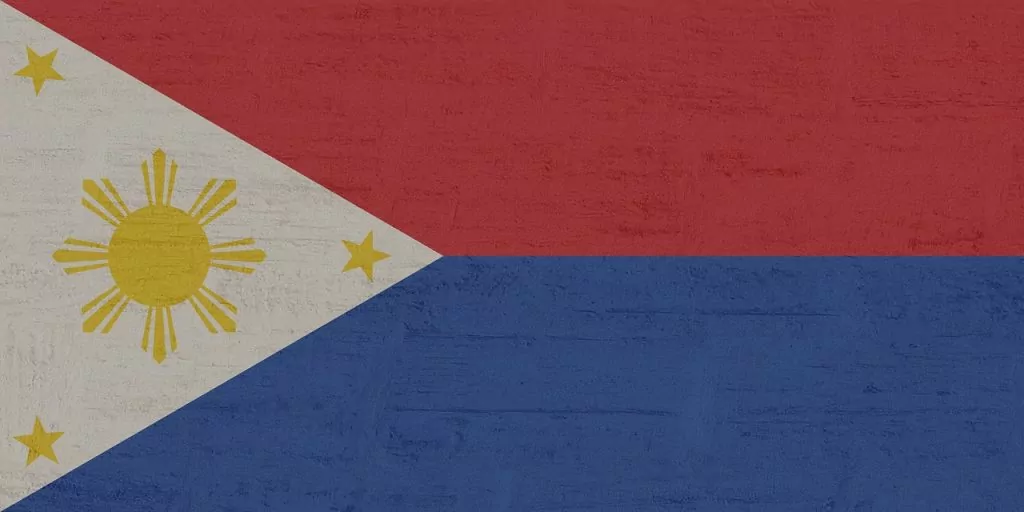
28. Bangka is a typical boat in the Philippines
If you head to the beaches of the Philippines and travel around its wonderful islands, you're sure to see plenty of wildlife. bangka boats. The boat type is used not only in the Philippines but also in New Zealand (called the waka ama), in Hawaii (called wa'a) and in Indonesia (called jukung ).
A bangka is like a canoe, supported by two outriggers made of bamboo (called Tarak) on each side, which act as stabilisers for the ship's hub. The ship's hull is made of marine plywood and painted with epoxy paint. The smaller ones can be manoeuvred with paddles and the larger ones with a motor. Bangka boats are the main water transport for the local population, especially for fishing, transporting goods and island hopping.
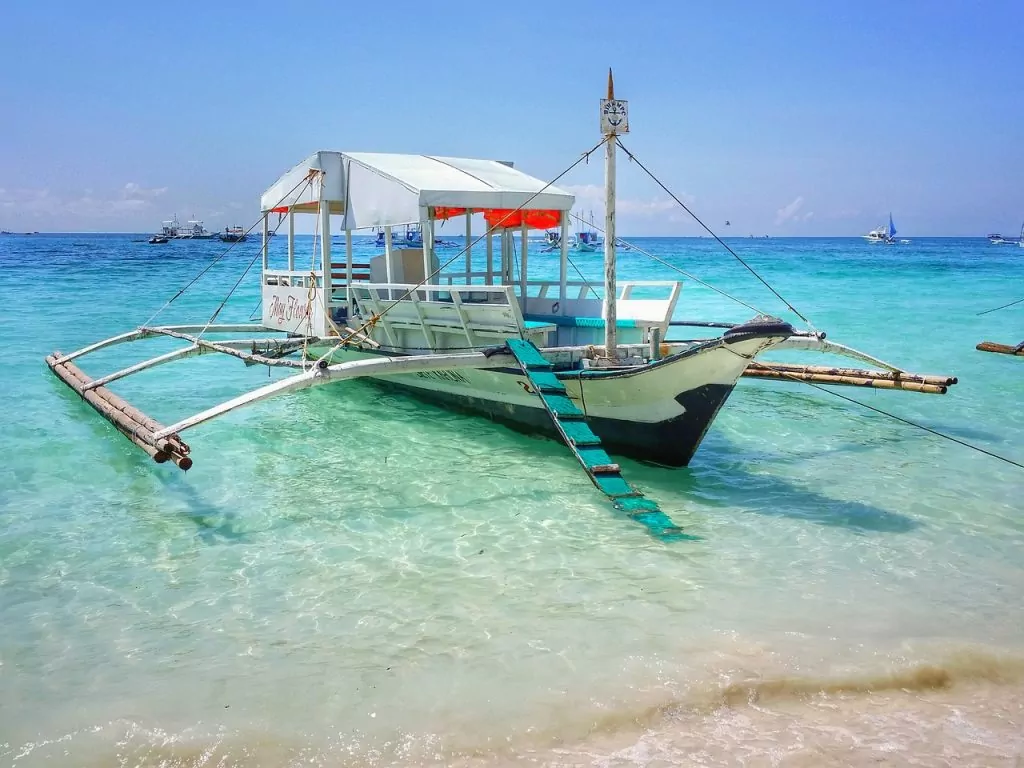
29. Philippines has five Unesco World Heritage sites
1993: The four baroque churches of the Philippines
- Church of San Agustin in Manila
- La Nuestra Senora de la Asuncion church in Santa Maria
- Church of San Agustin in Paoay
- Santo Tomas de Villanueva Church in Miag-ao
1993: Tubbataharevets marina park
The protected park is home to at least 359 species of coral, 600 species of fish, 13 species of sharks and two species of sea turtles.
1995: The rice terraces of the Cordilleras
These have been farmed for more than 2000 years, creating a beautiful cultural landscape where man is in harmony with his environment. The rice terraces are sometimes called the 'Eighth Wonder of the World'.
1999: Puerto Princesa Subterranean River National Park
A Philippine national park on the island of Palawan that has an 8.2 km long underwater river, where you can take a boat right into the mountain.
1999: Vigan - the historic city
Vigan is a town in southern Ilocos on the west coast of Luzon Island and is known for its cobbled streets and Spanish architecture.
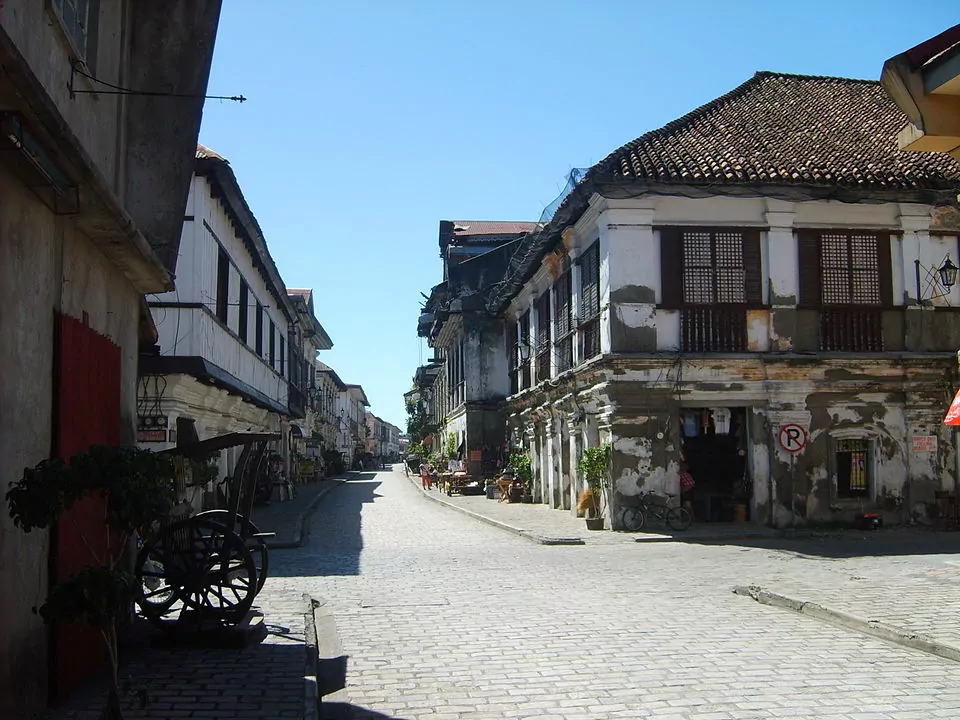
30. The largest pearl in the world was found in Palawan, Philippines
In 1934, a local fisherman from Palawan found what was once the largest pearl in the world. At the time, he didn't know its value, but kept it as a good luck charm instead. Eventually, the local government of Palawan got hold of the pearl and preserved it with great care.
Measuring 5.5 inches in diameter, 9.5 inches long and weighing at least 6.35kg, it was previously known as the world's largest pearl until 2019. Believed to be 600 years old, the Allah's pearl for currently has a market value of $40 million.
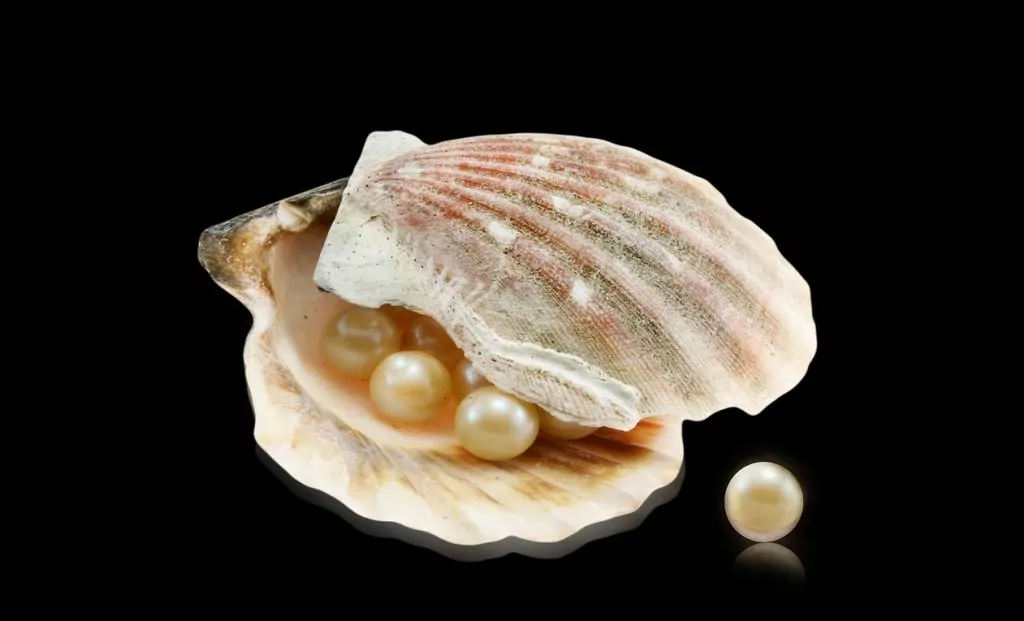
Some more brief facts about the Philippines
- Boracay is the most popular tourist destination in the Philippines with 1.5 million tourists annually.
- Typhoons are common in the Philippines between September and January.
- The Philippines is the world's top provider of 3 million nurses abroad.
- Smelly skunk can be found in Palawan.
- The Philippines was first colonised by the Spanish for more than three centuries, 35 years under the Americans and three years with the Japanese.
- San Carlos University and the University of Santo Tomas are prominent universities, founded in 1595 and 1611 and older than Harvard.
- Cockfighting is big in the Philippines and every year, since ancient times, the World Slashar Cup is held twice.
- One of the world's smallest primates, ghost animals (Tarsius) are only found in a few places in the Philippines. The animals are 9-16 cm long and have large eyes.
- The Zambales mango in the Philippines is the world's sweetest mango with 23 per cent sugar.
- Philippine Airlines is Asia's oldest commercial airline.
- Pinoys is a nickname for Filipinos.
- There is no place you will find without dogs and chickens and roosters.
- Everyone honks their horns in traffic to minimise accidents, and houses often line the road.
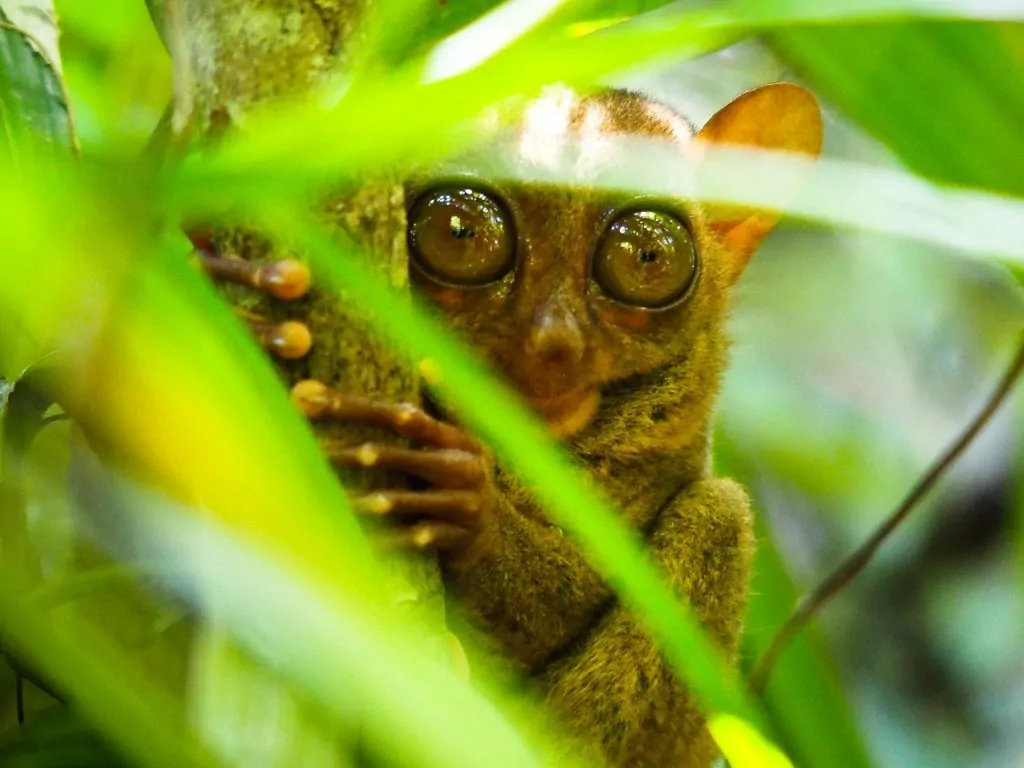
Frequently asked questions about the Philippines
Does everyone wear normal clothes at school?
In the Philippines, everyone wears a school uniform when you go to elementary school.
Is there internet in the Philippines?
The most common are Smart and Globe, which are good in different places. Everywhere there are schools there are also Wifi machines, even on islands that came up because of Covid when the children needed school activities when they were at home. It costs 10 Peso (2 kronor) every hour.
What are the main foods in the Philippines?
Rice at breakfast, rice at lunch and rice at dinner and rice in between as snacks.
What language is spoken in the Philippines?
Everyone learns English and Filipino in the school which is official and you can talk to anyone in English.
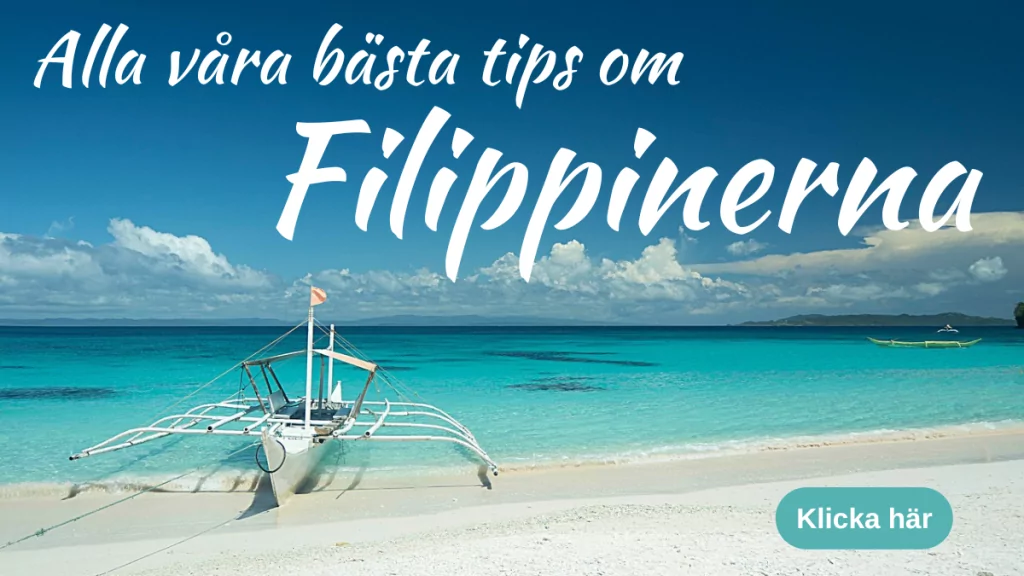

More facts about the Philippines
- Statehood: Republic with President - Bongbong Marcos
- Independence: Recognised on 4 July 1946
- Residents: Approximately 114 million
- Capital city: Manila
- Largest city: Quezon city
- Next largest city: Cebu
- Highest mountain: Mount Apo 2954 metres above sea level.
- Biggest lake: Laguno de bay
- Longest river: Cagayan 505 kilometres
- Longest bridge: San Juanico Bridge 38 km long
- Highest buildingGrand Hyatt Manila 318 metres high
- Biggest sports: Basketball and boxing
- Country number: +63
- National Day: 12 June
- National anthem: Lupang Hinirang
- Election language: Maka-Diyos, Maka-Tao, Makakalikasan at Makabansa (For the love of God, People, Nature and Country)
Facts about the Philippines - good to know
- Currency: Philippine Peso (PHP)
- Time difference: +7 hours (before)
- Language: Filipino (Tagalog) with several languages, as well as English
- Emergency number: Police, ambulance and fire brigade 117
- El: Adapter A with two vertical oblong sticks. Also adapter B. Voltage ranges from 125-220V.
- Water: Bought in bottles
Facts about the Philippines - before travelling
- Visas: If you are staying for less than 30 days, as a Swede you do not need a visa but only a valid passport (must be valid for at least a 6-month period after entry) and a return ticket that is presented on entry. From Sweden, you can apply for a maximum 59-day visa. If you want to extend your stay, you do so on the spot in the Philippines.
- Vaccine: It can be wise to get vaccinated against different diseases, but what depends on where and how you are travelling and how long you are staying. For example, you may want to vaccinate against hepatitis A and B, cholera, tetanus, typhoid and Japanese encephalitis. Also bring protection against mosquitoes that can cause dengue fever and malaria.
- To think about: Avoid raw fish, seafood, ice cubes, ice cream, salads and make sure that chicken and meat are cooked thoroughly. Never drink the tap water! Always calculate the price of a taxi or tricycle in advance. Do not wave notes and leave your best jewellery at home. You can't drink or buy alcohol under the age of 18, and if you're renting a car you should be between 21-65 years old.
- Getting around: There is only one train from Manila and you won't get very far as the Philippines is made up of islands. Domestic flights are affordable and take you around to many of the major sites. The rest of the transport is by boat as well as by buses (Jeepneys), tricycles and taxis.
- Travel insurance: Contact your insurance company about your travel insurance. Home insurance often includes 45 days of travel insurance, after which you may have to pay extra. Health care standards in the Philippines are not always high, unless you are in Manila.
- Philippine Embassy: Located at Grenstigen 2 A on Lidingö in Stockholm. You take the train to Ropsten - bus 302 towards Näset and get off at the first bus stop called Constantiavägen. Email before you go there - you will be given documents to fill in online and then get an appointment to come there with your original documents. visaph.pe(at)gmail.com

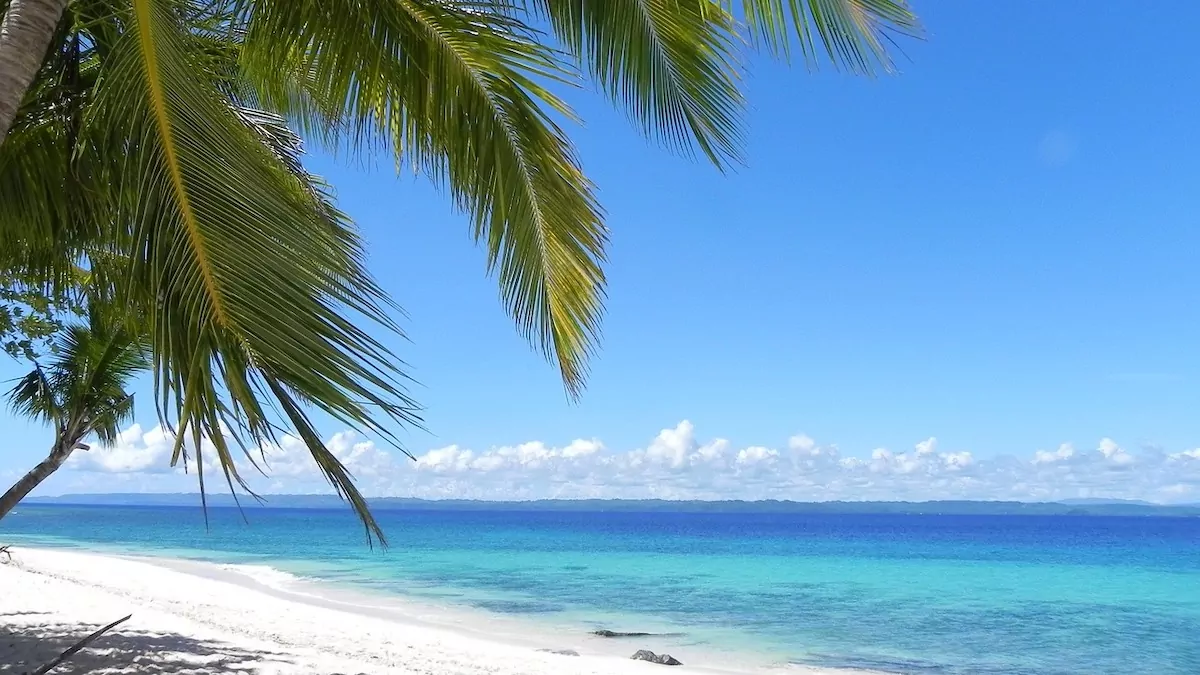










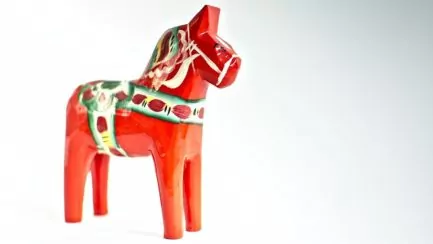
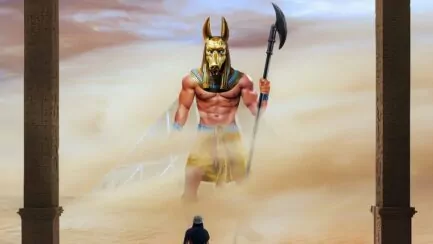
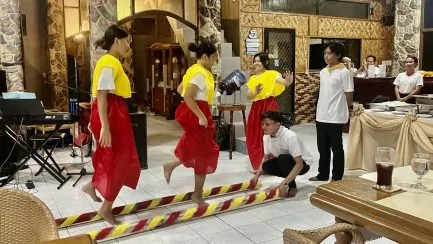
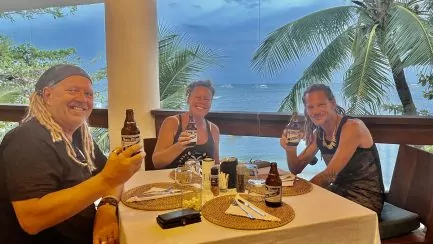
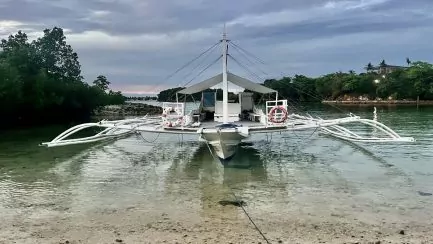
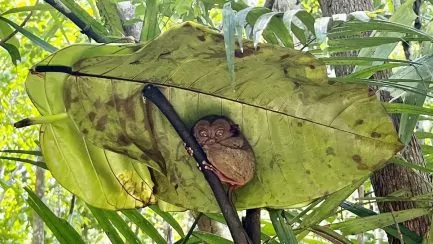



BP says:
There were so many new things that I had no idea about. Thank you so much for a colourful post that was right up my alley. Even the duck embryo in the egg made me curious. It looked as "unappetising" as sheep's eyes and sheep testicles in Morocco. As long as you close your eyes, it actually tastes good:-)
PS. The US Secretary of Defence must have followed in your footsteps. He is currently in Manila and has dedicated four new US military bases in the Philippines. DS.
02 February 2023 - 18:44